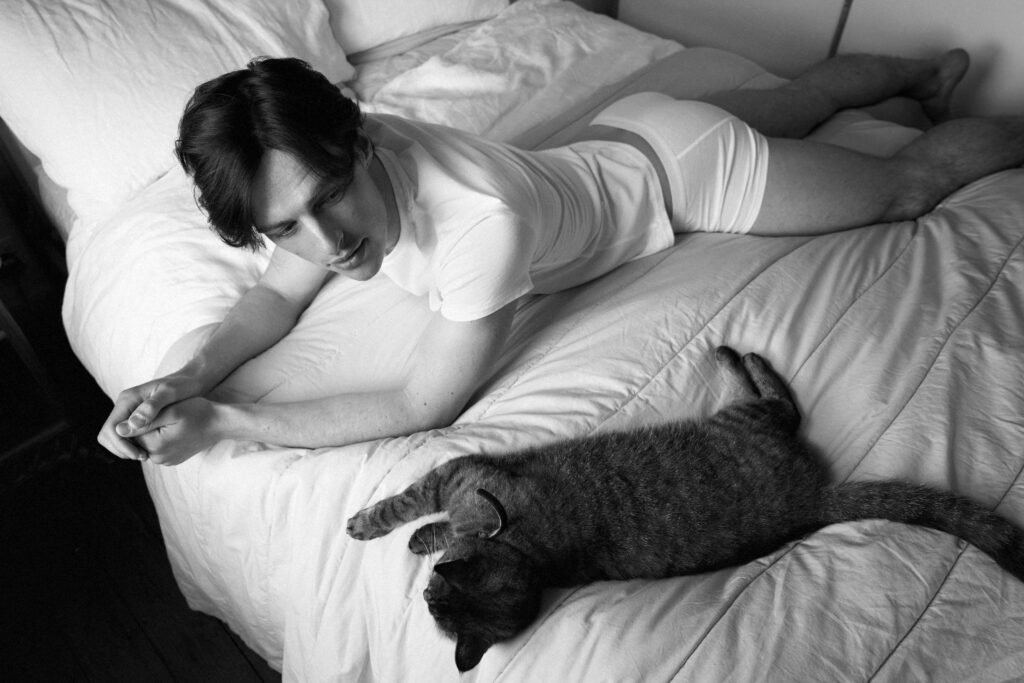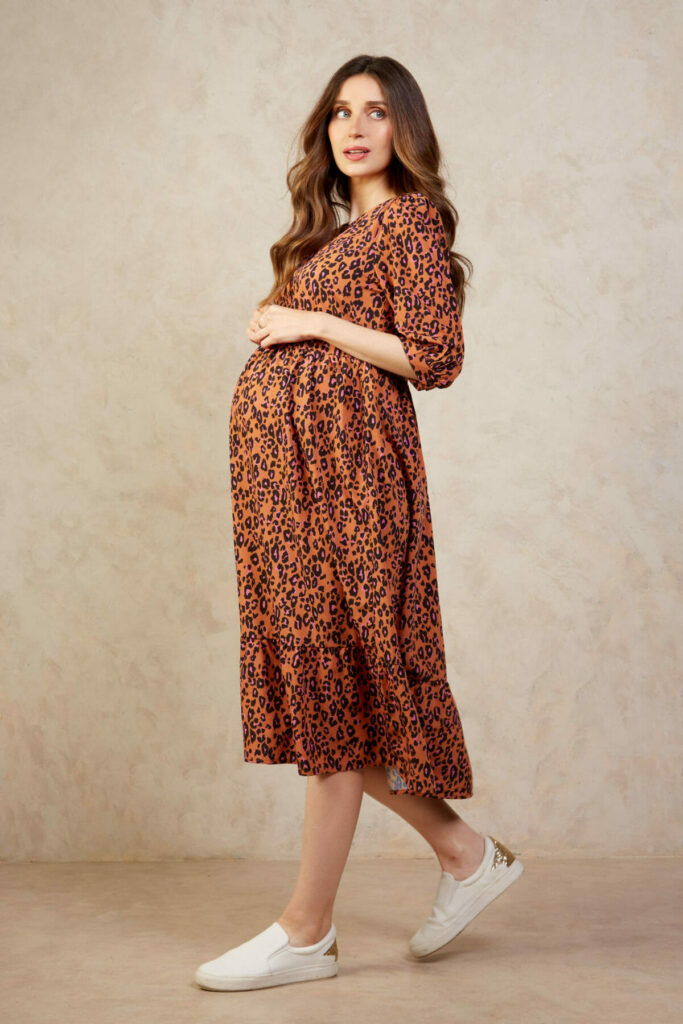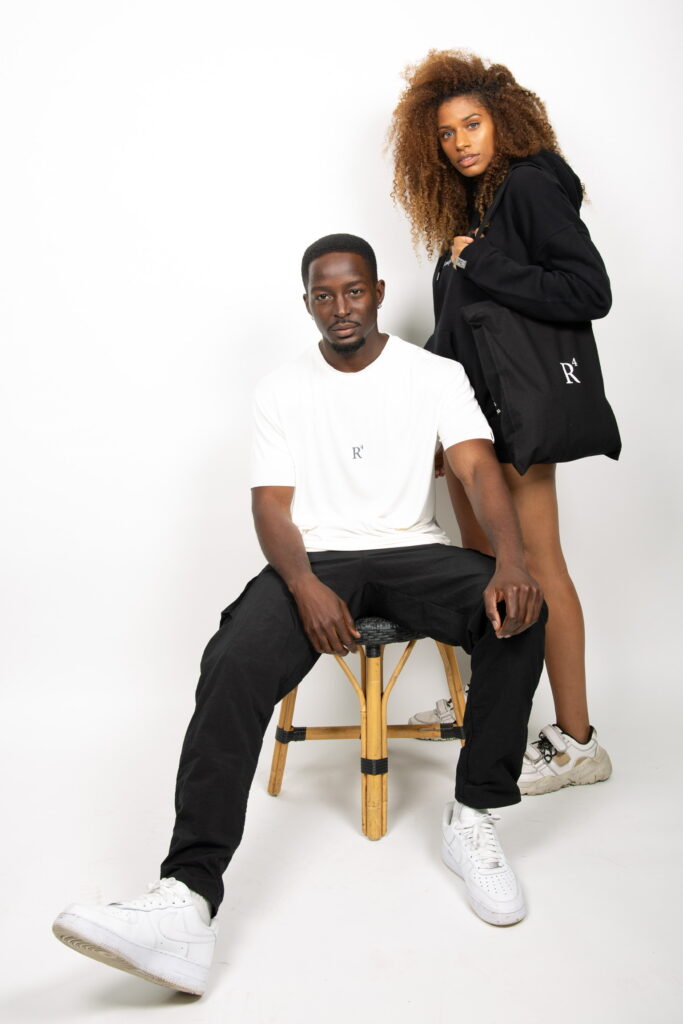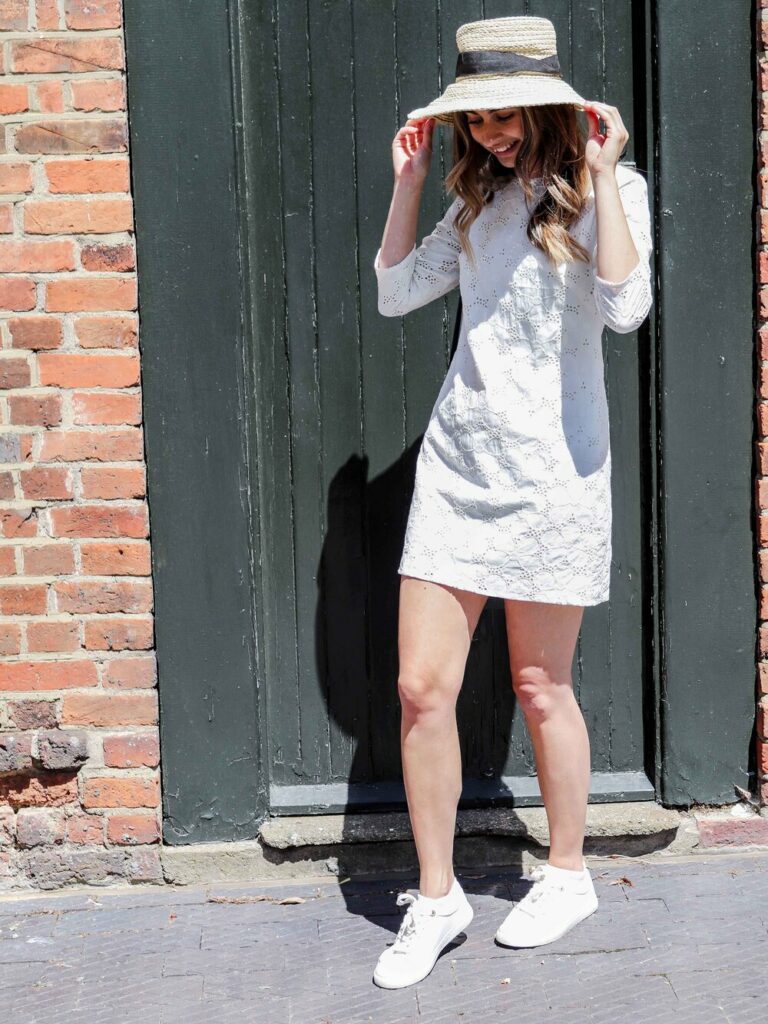The best sustainable and ethical menswear brands to add to your wardrobe
Written in collaboration with Project Cece
‘Why are sustainable clothes so expensive?’ has to be one of the most commonly asked questions when it comes to fashion and sustainability.
And, it’s a fair one. At the time of writing, on ASOS you can buy a white t-shirt from as little as £6, full-price. On Project Cece, Europe’s largest sustainable clothing market place, prices are almost double. But, they still start from just £11.90 – which isn’t exactly unreasonable.
So, we sat down with one of Project Cece’s co-founders, Noor Veenhoven, to find out the story behind the prices. We asked her what we’re really paying for when it comes to sustainable fashion? And how to determine if sustainable clothes are truly worth the price tag?

Let’s get straight to it. Does sustainable fashion have a pricing issue?
I wouldn’t say sustainable fashion has a pricing issue, but rather that fast-fashion has a pricing issue. Consumers – through no fault of our own – have a warped view on pricing.
We’ve got used to very low prices from big fast-fashion brands. So, people don’t understand why a piece of sustainable clothing is three or four times the cost of ultra-cheap fast-fashion brands, such as Shein and Boohoo.
Compared to them, of course sustainable fashion seems a lot more expensive.
Price-wise, it’s probably fairer to compare sustainable fashion to a designer label – where you’re paying for the name, the quality, the style. In this comparison, it feels a lot better value. But, most sustainable brands have yet to reach that level of consciousness in consumers’ minds.

Does sustainable always mean better quality?
For some products, there definitely is a difference in quality, but not for all.
Across fast fashion, there are huge amounts of bad-quality products being churned out, especially as demand increases. A lot of fast-fashion brands also tend to use a lot of synthetic materials, where the quality is very low. These are important aspects to consider.
But, I have to say that buying something from H&M or Zara doesn’t automatically make it bad quality. That’s simply not true. I’ve got clothes from H&M that have lasted me a long time.
So, the question becomes how do they offer both quality and cheap prices? Often, it’s because the clothes are made under unethical circumstances and at great hidden costs to workers and the environment.

So, why are sustainable clothes more expensive?
People think sustainable clothing is expensive simply because it’s sustainable. That’s not always the case.
Sometimes, of course it’s more expensive because there are so many factors that contribute to a piece of clothing being sustainable. When you factor in the costs of paying workers a living wage, ensuring working conditions are safe, using eco-friendly materials, acquiring sustainable certifications, slower production, it all adds up.
But, sometimes sustainable clothes are more expensive because they’re from a designer. So, we need to keep that in mind and consider each product on its own merit.

Can we tell if something is sustainable or not just from its price?
There are some assumptions that are safe to make. For instance, if an item is insanely cheap, then it’s almost certainly not ethically or sustainably made. If you’re buying a dress for £15, it’s unlikely to be sustainable.
The reverse doesn’t work though. More expensive doesn’t necessarily mean sustainable, especially with luxury brands.
Is sustainable fashion elitist because of the cost?
I would say there’s an element of elitism in expecting someone to immediately make the switch to sustainable fashion. Shopping sustainably is more expensive and therefore requires a conscious lifestyle shift – if you want to stick with the same budget, you have to buy less items.
So, it’s definitely harder if you don’t have a lot of money.
It’s doable, especially if you take into account secondhand clothing or options like clothing rentals. But, there is some elitism in saying that if someone cannot afford sustainable fashion, they should only buy second-hand or rent.

So, what is your advice to people wanting to shop more sustainably but believe they can’t afford it?
My advice really depends on the person.
I would say to start with the small things. Try to pay more attention to what you are buying and where from. Ask yourself do you really need it or do you just want it?
While sustainable fashion is more expensive than fast fashion, think about how much you usually spend when you shop – do you have just one cheap item in your basket or multiple? If we buy less, we can buy better.
Start to consider clothing on a sustainability scale, instead of good or bad. So, if you can’t buy from sustainable brands, buy from brands that are at least using more natural fibres, and are making products that are a little bit more timeless in their designs – and generally a bit better quality.
Then try to take care of your clothing to make it last longer. This is key.
If you don’t mind shopping second-hand, I would recommend that. And if you buy second-hand, avoid buying synthetic clothing so what you buy is better quality.
*Average* prices of popular items on Project Cece:
Tops: £56
Jeans/trousers: £100
Blouses: £98
Skirts: £92
Shoes: £123
Dresses: £139
Jumpers and Cardigans: £112
Of course, it all takes time and research. It’s undoubtedly a lot easier if you just can throw money at your problems. But, there are choices most of us can make.

What’s the most difficult part of switching to sustainable fashion?
I’m lucky that shopping sustainably is easy for me, because I’m in this bubble where most of my colleagues and friends do it. But, this isn’t the case for most people.
If your friends and family are not on board, that might actually be the hardest part of making the switch. When everybody around you is shopping at Zara or H&M, it takes a lot of willpower not to succumb to peer pressure. You can start to think, ‘does it really matter if I buy this?’ or ‘If everybody’s doing it, how bad can it be?’
Some advice would be to fill your social media feeds with like-minded sustainable people and stop following fast-fashion influencers. That really helped me in the early days.

Can we shop in sales? Are sales a good or bad thing when it comes to sustainable fashion?
Nothing is black and white.
Sales can be a great way for people to support small sustainable brands. Perhaps they can finally buy from a sustainable brand they love but haven’t been able to afford.
Sales can also give people an incentive to purchase an item from a sustainable brand they didn’t know about before or wouldn’t have otherwise considered buying from and encourage them to support them again in the future.
When brands use sales as an opportunity to encourage people to buy a lot of things that they don’t need, that’s when they become dangerous.
But, if you’re someone who just doesn’t have that much money and you want to try out some sustainable brands, then I would say go for it.
Main image: R4 Clothing


